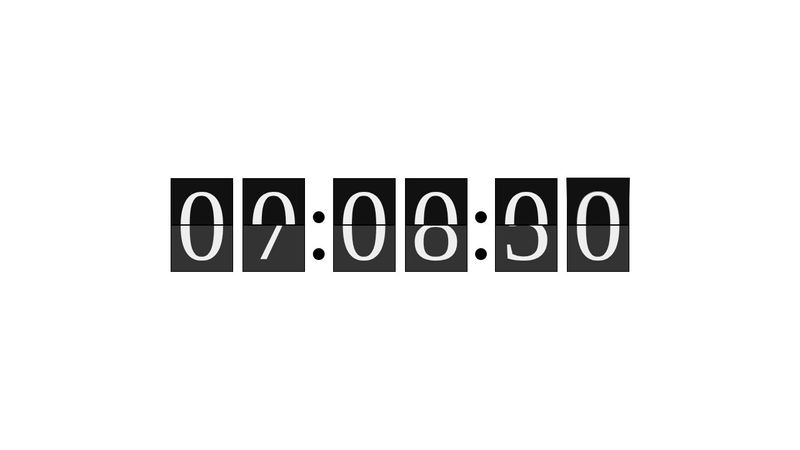Help fix animation flip timer
Hello everyone,
I'm working on a project and I'm having trouble finding a solution.
My project is to make an animation of flipping through a page of a book on a Timer (flip timer).
To test my animation, I tested it on the seconds.
The problem is that the animation isn't synchronized with the change of second, so it runs twice as fast.
Here's my code: https://codepen.io/shikamaru098/pen/ZEdvpex
I'm working on a project and I'm having trouble finding a solution.
My project is to make an animation of flipping through a page of a book on a Timer (flip timer).
To test my animation, I tested it on the seconds.
The problem is that the animation isn't synchronized with the change of second, so it runs twice as fast.
Here's my code: https://codepen.io/shikamaru098/pen/ZEdvpex



